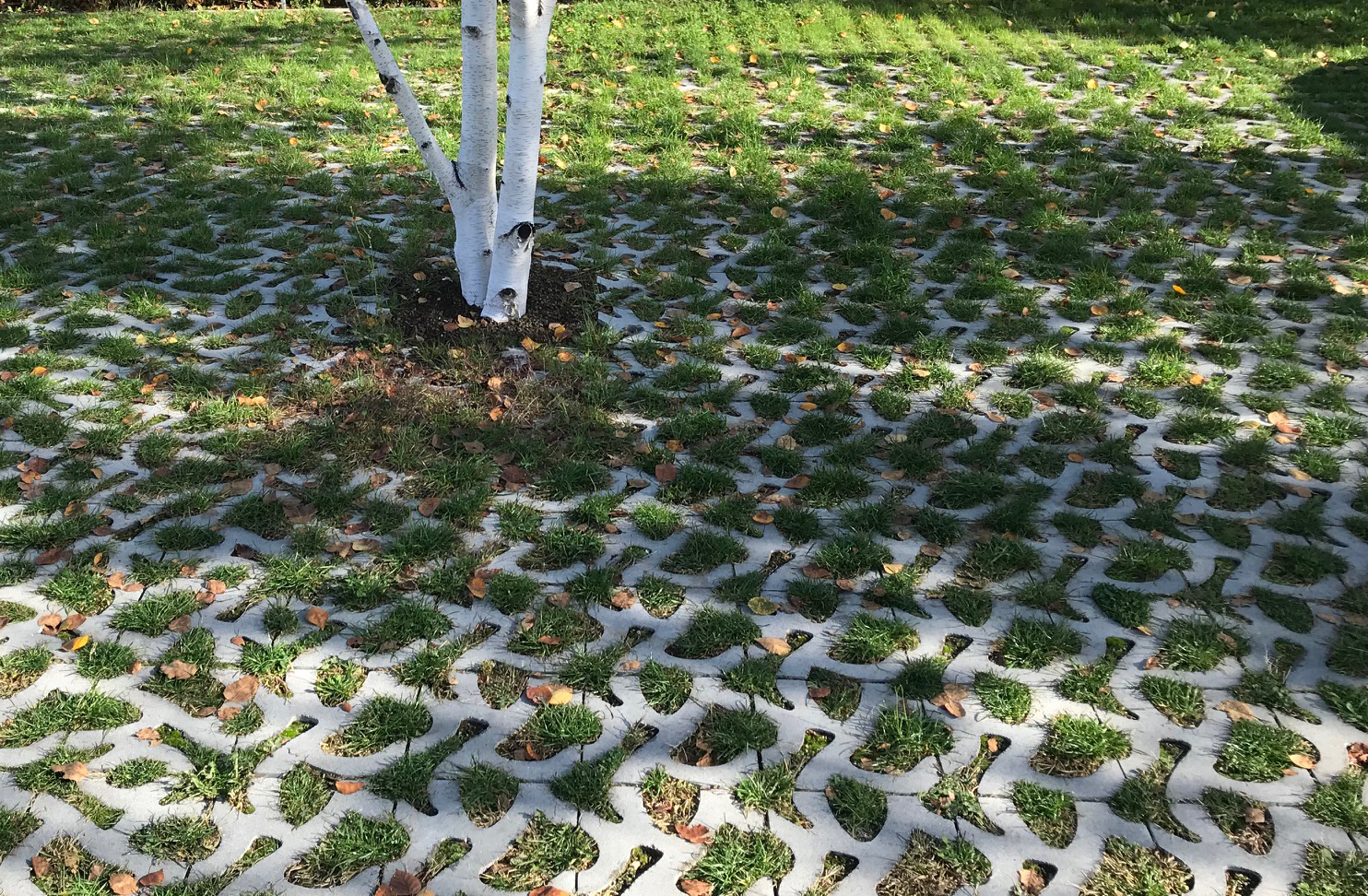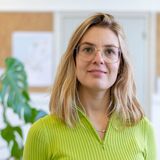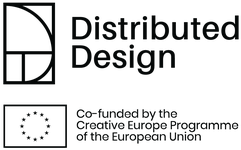Cities are potential engines of the transition towards a circular economy. The City of Amsterdam is one of the early adopters of the circular economy concept at city level. Closed loops, value generation, innovative business models, and modular designs. These are not only principles to guide the transition to circular cities, but also principles distributed designers have been working with for years. In our series Distributed & Regenerative Design, we introduce you to some of the creative talents making an impact. In this article, we interview Fien Dekker.
Can you give us a description of your project?
My design studio Rain(a)Way has launched a new innovation: Park Positive! Because of all the concrete in Dutch cities, water runs from the street directly into the sewer instead of into the environment. With Park Positive we aim to reintroduce the natural water cycle. It’s a total package: paving including the foundation which has water storage available for greenery and which restores the soil fertility. It has a unique three-layer foundation construction. The surface layer is made of grass and Rain(a)Way tiles. The middle layer contains all the nutrients and space for the grass to grow its roots. These roots can go 60 centimeters deep and trap a lot of carbon but also make the grass more resistant to drought.The underlayer absorbs rain quickly so no rainwater has to enter the sewage system!

Because of climate change, we’ll experience many problems with water and if we can view water differently it will really help improve our cities. We see Park Positive as more than just a product; it’s a movement. Our mission is to make green parking and paving the new standard!
In what way is your work regenerative and distributed?
I want to inspire behavioural change with Park Positive and restore our connection with the natural soil. Nature begins with healthy soil and our mission is to give the soil a sustainable life within the city environment. With a green parking space, the cycle of water is restored and gives the ability to use the power of water for soil and flora. We’ve experienced that these parking spaces generate awareness about the function of nature in the streets.
At Rain(a)Way we also want to share the knowledge of the importance of the product line. We organise events to share technical knowledge of the product, how you deal with it, how it’s applied, and what the climate effect is. To discuss what this means for water management in our city.
What drives you personally to work on this project?
During my graduation, I went to Japan and saw the way they use nature in their culture and architecture. There they didn’t slow down the water flow this is how they made it visible. It inspired me to how they value the natural water flow and bring awareness to this process. I also try to find the balance between customisation and scalability, that’s a challenge I really care about. Each location has different properties and requires a different solution. I look for a solution that fits the challenge of that location but is also scalable, but my overarching drive always has to do with improving the living environment.
Would we be better off using a Rain(a)Way tile or removing tiles all together?
There are places where you need paving, for example, a parking lot so you can’t remove tiles altogether. But what makes Rain(a)Way special is the tile in combination with the permeable foundation. The tile is the skeleton that keeps the earth underneath from being crushed. Where you need to be able to walk or drive, you need it to be partly paved, practicality and nature need to be combined, and Rain(a)Way is the way to do so.
How might we make the regenerative design the norm?
I think it starts with education. We need to be challenged into thinking about what kind of designer we want to be. When I look back at my time at the design academy, we learned a lot about finding our own way of working, making our products, and finding our inspiration. But problem solving can also be designed. If you have the capacity to create new things, and new ideas, then you need to be shown that you can solve problems. You can do something for the environment. In school, you should be asked what kind of designer you would like to be. What do you want to mean to the world? Then you can still find your own way of doing this.
What is your biggest hope for the future and what can we all start (or stop) doing as of tomorrow to contribute to that?
My biggest hope for the future is that we will allow nature to run more freely. So that in the future we don’t have to go to the forest for example to encounter nature. I think our society has something called “cleanliness syndrome” in Dutch. We are neat freaks, who are scared of weeds and grass between tiles. I hope we can allow nature to take over our garden, remove our tiles and see what happens. So If you are an architect or designer, someone who is in charge of urban planning, allow nature more space and don’t see it as something that is dirty, let it be what it is.
—
Distributed & Regenerative Design interviews are part of our programme for Distributed Design, the exchange and networking hub for the European maker movement. Want to know more about Distributed & Regenerative Design ? Rewatch the programme where talents explained more of their projects at Pakhuis de Zwijger here or check all the Talent interviews here.









